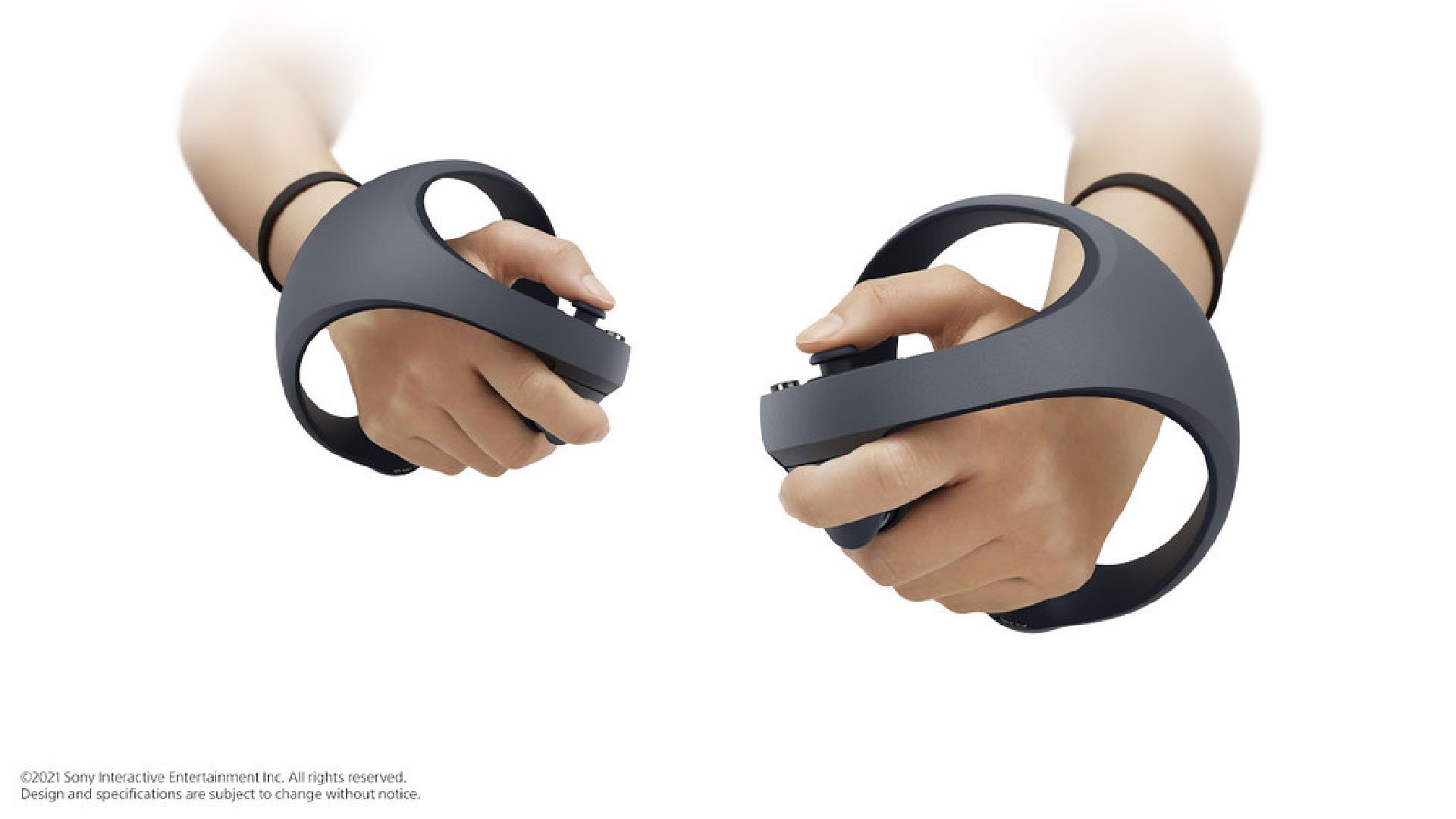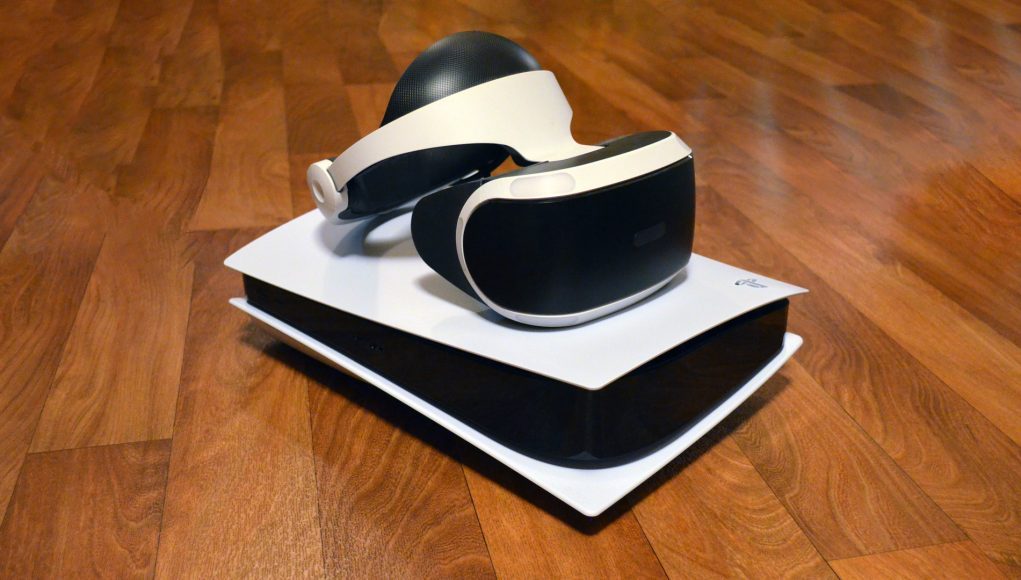Following a report back in May detailing specs for Sony’s upcoming PlayStation 5 VR headset, a fresh report has appeared that echoes a few of these claims and asserts some new information too, including additional hardware info and the revelation that Sony is allegedly focusing on bringing both console-quality AAA games and hybrid flatscreen/VR titles to the PS5 platform.
Many of the specs listed below were subject of the reports made in both May (UploadVR) and June (Bloomberg). Road to VR wasn’t able to independently verify any of these claims, so take them with a grain of salt.
Here’s a recap of what we’ve heard so far, and then what’s presented in the new report. The next-gen PSVR is said to include:
- 4.1MP (2,000 × 2,040) per-eye resolution OLED
- IPD adjustment dial
- Eye-tracking capable of foveated rendering
- USB-C tether to PS5
- Inside-out tracking
- Head-mounted haptics
- Holiday 2022 release date
A new report by YouTube channel PSVR without Parole maintains the headset is internally called ‘Next Gen VR’, or NGVR for short. This, along with the following information, was supposedly released yesterday at a virtual summit for prospective game developers.
The headset’s display is said to be an HDR-capable OLED, and offer a 110-degree FOV, which is slightly larger than the original’s 100-degree FOV. Lenses are said to be of a fresnel design, which may reduce the weight of the headset over the original PSVR’s conventional plano-convex lenses.
In addition to eye-tracking and foveated rendering, Sony is supposedly implementing something called “flexible scale rendering” (FSR) on PS5 for its next-gen headset. It sounds similar to Oculus’ fixed foveated rendering (FFR) technique, which automatically adjusts the level of eye texture foveation based on GPU utilization.

The report claims the next-gen PSVR will be bundled with its still-unnamed controllers, which were publicly revealed back in March. Sony says the controllers include the same adaptive triggers as the PS5 DualSense controller, however the report adds that they will include capacitive touch sensors as well, which are placed accordingly to detect the position of the thumb, index, and middle finger.
Sony’s closed-door conference was said to feature a call to action to move away from VR experiences, and focus more on console-quality AAA games. This includes VR-compatible hybrid games which are designed for dual use on traditional flatscreens and the VR headset, for example Resident Evil 7 Biohazard, Dreams, and No Man’s Sky.
Sony is allegedly going to make it possible to download whichever version of the game you want so users can save on bandwidth and local storage. It’s claimed that developers behind original PSVR games will be incentivized to remaster games for the new headset, however no mention was made of backwards compatibility.
– – — – –
If the report(s) can be believed, it seems Sony is courting a large audience of developers for its upcoming next-gen headset. PSVR without Parole specifies that we’ll learn more about launch plans and specs in early 2022, however at this pace we may be finding out much more in the months to come as further leaks inevitably arise. One thing is certain though: Sony previously said it won’t be launching in 2021.







